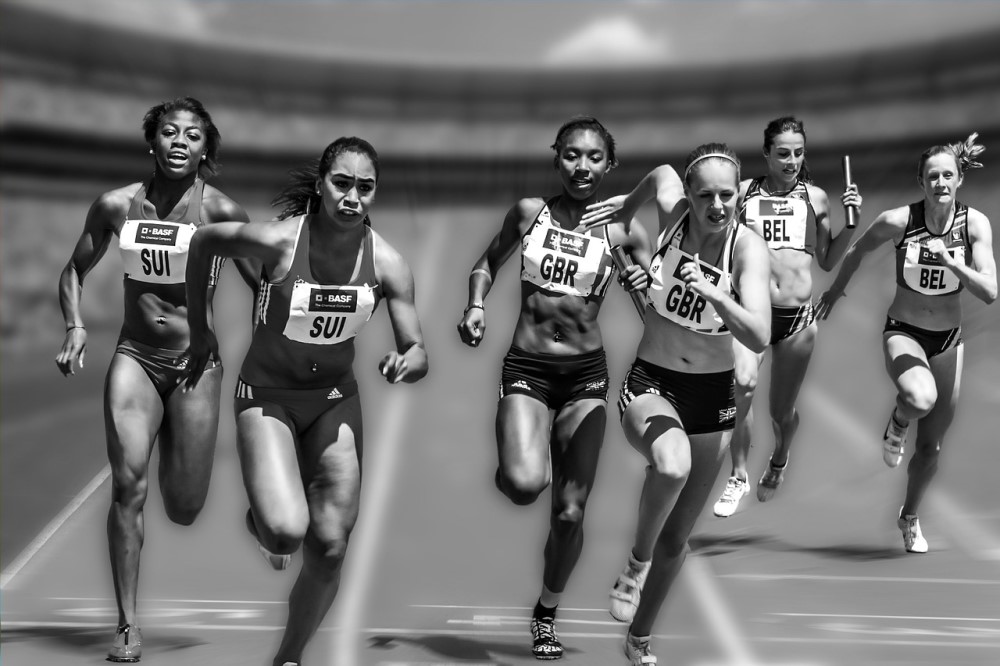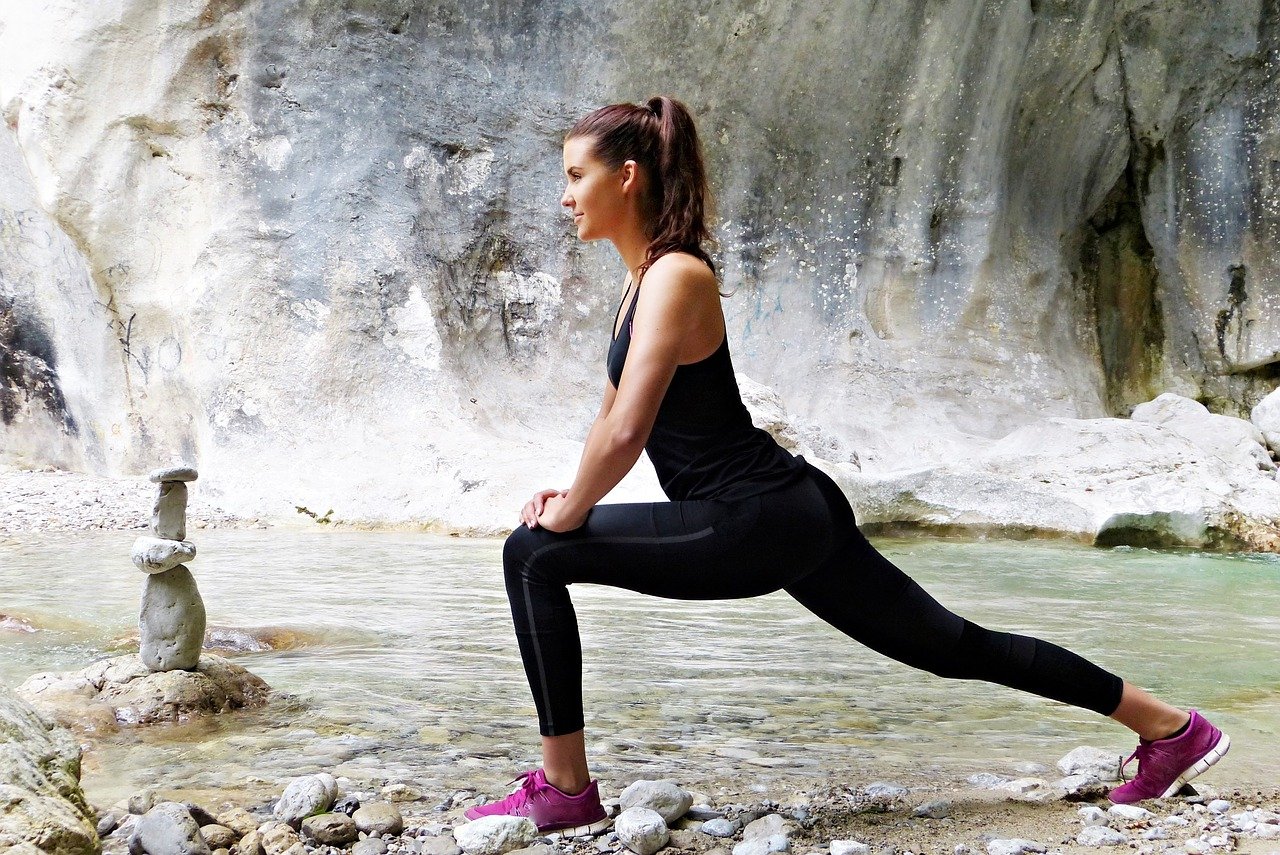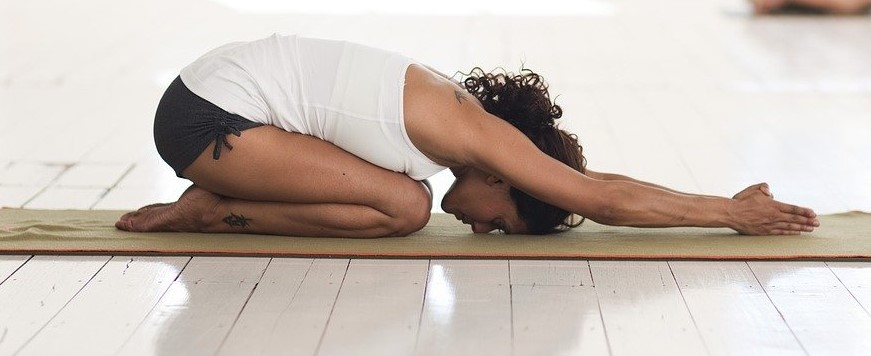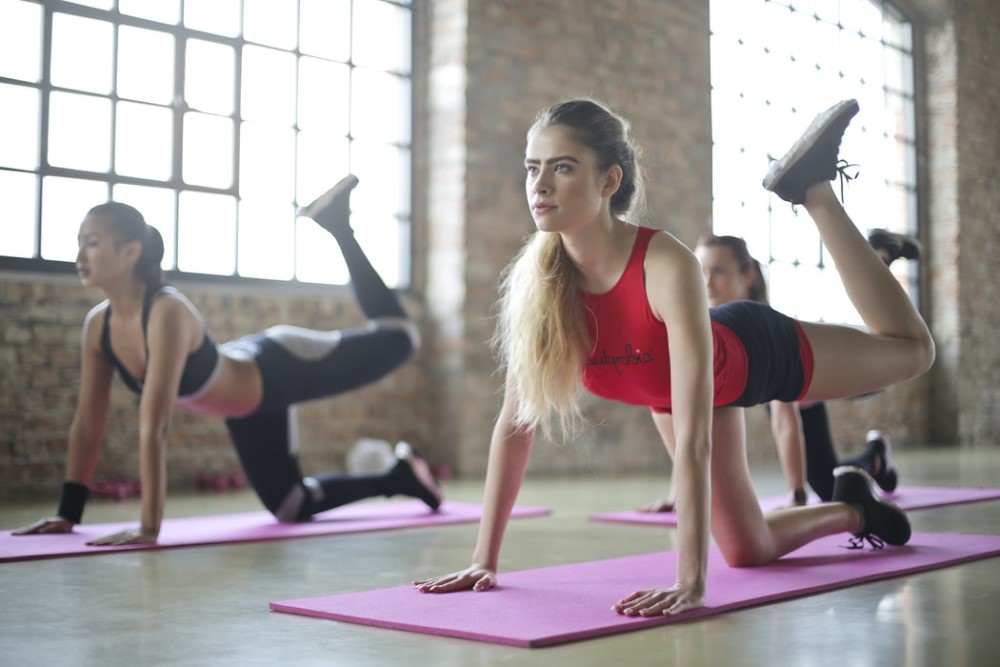Sport and exercise for health and longevity
How much time do you take for exercise every day? Movement is an essential part of our lives, life IS movement!
Due to modern lifestyles, we move significantly less on average nowadays than people did in earlier centuries. Together with stress and malnutrition due to industrially produced food, lack of exercise and a sedentary lifestyle are the main causes of civilisation or lifestyle diseases.
A large part of the population moves far too little. A smaller number of people move more or less regularly, but from the point of view of Maharishi AyurVeda not necessarily in such a way that a health-promoting effect results from it, because they constantly overstrain themselves. From this point of view, not every type of exercise is suitable for every person. Just as with diet, the choice of sport must take into account the individual characteristics determined by the three doshas Vata, Pitta and Kapha.
When, how often and how should I exercise to optimally promote my health? Are there sports or forms of exercise that are suitable for everyone?
Purpose of exercise
Sports and physical exercises are called "Vyayama" in Ayurveda. This refers to invigorating actions that stimulate the inner fire (Agni), build up tissues, improve strength, posture and resistance, and reduce body fat, fatigue and ageing.
Correct dosage of exercise
When physical exercises are properly dosed, ama is reduced along with body fat. Together with the other body tissues, ojas is produced more. This is the fluid of vitality that keeps us young and vital.
If physical exercises are not applied sufficiently, Agni becomes sluggish and Ama develops.
If sport and exercise are performed with excessive intensity, so that energy reserves are depleted, they can lead to a loss of ojas and an accelerated ageing process. This is always the case when one feels tired and drained after exercise rather than refreshed and refreshed.
In order to find the right dose for physical exercise, Ayurveda recommends to consume only about 50 % of the possible power during each exercise session. This ensures that there is always enough ojas left to nourish all body tissues and support the immune system.
Mouth breathing
 Many people find it difficult to find the right dose of power. If you observe amateur and professional athletes, you will see that most of them perform their sport with mouth breathing. However, mouth breathing has a lot of disadvantages. Above all, the drying out of the airways and the too rapid exhalation of CO2 mean that the oxygen supply to the tissues is not optimal. Mouth breathing is associated with a "fight-flight reflex" and a stress-typical metabolism. This leads to a stimulation of the "sympathetic nervous system" and thus to a downregulation of the nervous system.
Many people find it difficult to find the right dose of power. If you observe amateur and professional athletes, you will see that most of them perform their sport with mouth breathing. However, mouth breathing has a lot of disadvantages. Above all, the drying out of the airways and the too rapid exhalation of CO2 mean that the oxygen supply to the tissues is not optimal. Mouth breathing is associated with a "fight-flight reflex" and a stress-typical metabolism. This leads to a stimulation of the "sympathetic nervous system" and thus to a downregulation of the nervous system.
If someone who already suffers from stress at work does sport in this way, it does not lead to recovery and regeneration, but to an additional strain on energy reserves and thus massively increases the risk of burnout and states of exhaustion.
Nasal breathing
 In contrast to mouth breathing, nasal breathing has many health benefits during sport. Nasal breathing is linked to a "rest and relaxation reflex" and increases digestive power and immune performance. This builds up energy reserves and sustainably strengthens the mind and body.
In contrast to mouth breathing, nasal breathing has many health benefits during sport. Nasal breathing is linked to a "rest and relaxation reflex" and increases digestive power and immune performance. This builds up energy reserves and sustainably strengthens the mind and body.
"I find it incredibly difficult to do sports with nasal breathing," says Julia. She goes jogging several times a week and has been used to mouth breathing during sports for years. "I feel like I can't get off the ground with nasal breathing! I feel like a slug, and that doesn't meet my standards of sport and performance." This feeling creeps over many amateur athletes and prevents them from switching completely to nasal breathing.
Josef reports: "I have crooked nasal septums and never get enough air through my nose! How should I be able to run with nasal breathing?" Blocked airways are usually the result of not using the nose to breathe. Just as all organs that we don't use atrophy, so too do the airways when they are not used for breathing.
Changing from mouth to nose breathing
However, experience shows that regular use of nasal breathing during exercise causes the airways to decongest and become wider again. You just need some patience to get over a phase where you can only do sport and exercise at a very slow pace and low intensity. If you accept this, your capacity will grow steadily and after a few weeks or months you will get into a performance range with nasal breathing that is enjoyable.
Aerobic metabolism
As long as you do sport and exercise with nasal breathing, you move at the intensity that has optimal health effects. Exercise with nasal breathing automatically means that aerobic metabolism takes place. This is the term for resource-saving and efficient energy production by the body. In contrast, anaerobic metabolism massively consumes resources and energy. This often happens with mouth breathing and in the long run leads to weakening, an accelerated ageing process and degradation of ojas.
How often and for how long exercise?
Ideally, one should do at least one 20 - 30 minute exercise session, outside of work, every day. Modern sports science has calculated that 3.5 - 6 hours of exercise per week spread over at least 6 days per week has optimal health effects - provided it is done with nasal breathing.
According to Ayurveda, the best times of day to exercise are early morning and early evening. This corresponds to the Kapha time of the day respectively. If you exercise during this time according to the principles described above, you will contribute the most to building up healthy body tissues and reducing Ama.
Sports for the different doshas
Vata
when Vata is dominant, sports that are calming and never overtaxing should be practised in particular .
Examples: Yoga asanas, brisk walks and hikes, golf, light jogging, low-intensity weight training.
Pitta
If Pitta dominates, you should be especially careful not to become too ambitious - moderation is the key. Exercise in cool surroundings is desirable. With Pitta dominance it is favourable to exercise alone again and again. In a group, Pitta people are at risk of going overboard with special ambition.

Examples: Swimming, all kinds of winter sports, climbing.
Kapha
When Kapha dominates, the body needs a little more stimulation every now and then to get the metabolism going, which tends to be sluggish. For Kapha people it is good to do sports in a group so that they are motivated and carried along accordingly.
Examples: Dancing, all ball sports such as football, handball... , weight training with body weight (push-ups, squats, etc.) or equipment (dumbbells, theraband, etc.).

Exercise for all doshas:
Yoga asanas. When practised correctly, they have a calming effect on Vata, a cooling and moderating effect on Pitta, and a stimulating and warming effect on Kapha.
Summary
Exercise is one of the five pillars of health. For the life-enhancing effects of exercise, regularity (daily exercise) and moderation (nasal breathing) are of utmost importance.


Marina schrieb am 22.07.2023
Sehr guter Artikel. Die Buteyko-Atemtechnik empfiehlt ebenfalls Nasenatmung.
Dorothea Rodde schrieb am 22.07.2023
Der Artikel ist für alle, sehr nützlich, vorallem auch wegen der Information über die Mund- und Nasenatmung !
Was kann man tun, wenn der Mundd in der Nacht offen bleibt und der Hals trocken wird ?
soma med Team schrieb am 22.07.2023
Liebe Frau Rodde,
hört sich ungewöhnlich an, aber in diesem Fall empfehlen wir den Mund vor dem Schlafen mit einem Pflaster zuzukleben.
Sehr viele sehr wertvolle Tipps zur Nasenatmung finden Sie auch im Buch "Erfolgsfaktor Sauerstoff" von Patrick McKeown - ein super Buch!
Alles Liebe,
Ihr somamed-Team
soma med Team schrieb am 22.07.2023
Liebe Frau Rodde,
hört sich ungewöhnlich an, aber in diesem Fall empfehlen wir den Mund vor dem Schlafen mit einem Pflaster zuzukleben.
Sehr viele sehr wertvolle Tipps zur Nasenatmung finden Sie auch im Buch "Erfolgsfaktor Sauerstoff" von Patrick McKeown - ein super Buch!
Alles Liebe,
Ihr somamed-Team
Rosemarie schrieb am 22.07.2023
Danke für diesen informativen Beitrag. Bin gerade dabei Joggen in mein Leben zu integrieren. Dazu habe ich mir eine Herzfrequenzuhr zugelegt. Ist jedoch nicht so mein Ding...Nasenatmung als Kontrolle, um mein System nicht zu überfordern findet bei mir viel Anklang. Danke für den Tipp.
soma med Team schrieb am 22.07.2023
Liebe Rosemarie,
das freut uns sehr, wenn die Tipps von Dr. Schachinger Anklang bei Ihnen finden!
Das Buch "Erfolgsfaktor Sauerstoff" von Patrick McKeown können wir ebenfalls wärmstens empfehlen, wenn Sie mehr zum super spannenden Thema "Nasenatmung" lernen wollen. Außerdem ist das Buch voll mit praktischen Tipps und Übungen!
Alles Liebe,
Ihr somamed-Team